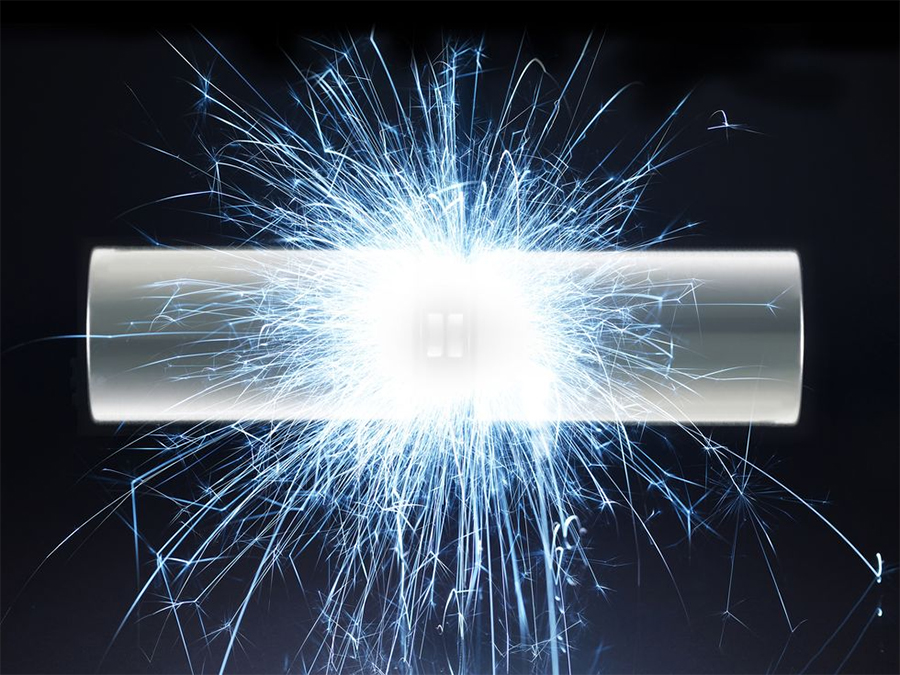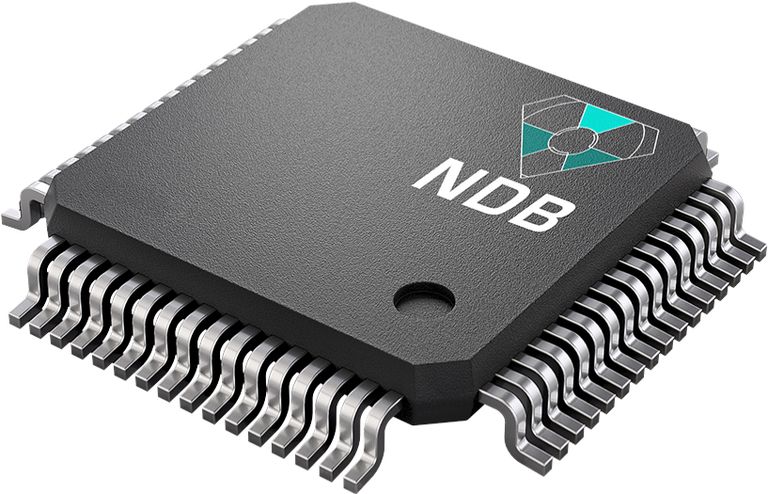What Can You Do With a Battery That Will Run for 28,000 Years?
Batteries are the bane of many electronic gadgets. They often run out of charge at the most inopportune time. But what if you have a battery that can run for 28,000 years?
Well, maybe they will scale it down for smaller gadgets, but the point is, the battery will still be functional beyond the useful life of your electronic gadget.
Is it a ridiculous idea?
A California startup, NBD or Nano Diamond Battery started working on the idea in 2012. Their new battery is a combination of ultra-slim layers of nanodiamonds with radioactive isotopes from nuclear waste. NBD claims that their battery will last for 28,000 years. NDB says the nanodiamond battery is a self-charging green battery.
The company’s name is also the name of the battery: Nano Diamond Battery. They describe it as a “high-power diamond-based alpha, beta, and neutron voltaic battery” although the scientists working on the battery claim that the battery will give green energy for the length of its life.
Its energy comes from waste graphite. It is the same material used in nuclear reactors cooled by graphite and it is radioactive. To create the battery, they encase it in several layers of nano-thin, single-crystalline diamond that act as heat sink and semiconductor.
NBD says they will have two versions of the battery. One will be for niche applications, like in deep space exploration, to power the instruments onboard satellites and spacecraft. They can send the spacecraft to far more distant star systems in long voyages that require a long-lasting power source to send information back to earth.
The other version is for commercial use. The company sees the battery powering small devices, smartphones, and electric vehicles. They say there won’t be any radiation leaks on phones because they will wrap the graphite in several layers of synthetic diamond. According to the NDB, the level of radiation from the battery cells will be less than the radiation the human body emits.
The developers envision several applications of the diamond battery, from powering hearing aids, pacemakers, and other medical implants to various electronics that will be power-source independent devices.

An interesting concept
Several companies are trying to develop different batteries using a variety of materials. They have a common goal: to produce a green battery that will last longer than what is available now.
The concept of a battery with a supercharged, extended life is interesting. But there will always be the question about it being radioactive. The developers of the battery explained how it works.
They gather the charge collected by the battery cells, store them, and immediately distribute the charge by its supercapacitor. They can build the battery cells in standard shapes, like 2170, 18650, AAA, and AA. NDB can also create custom shapes and sizes.
It will take time to see the final product, but the company already completed a proof of concept. Covid-19 derailed the release of the commercial prototype. But the company says they expect to release a low power commercial version of their radioactive diamond battery around 2023. They think they can produce the higher version by 2026.
Why use diamonds?
Thinking about the entire thing, you can’t imagine the price range of the battery considering that it will have diamonds in its assembly.
Why is NDB using diamonds when the gem is quite expensive? Diamonds are rare. That alone is reason enough to think the battery’s price will be astronomical. NDB says that diamonds are supremely good at conducting heat. The micro-sized single crystal diamonds, according to their design, will move the heat away from the radioactive materials so fast, with the action generating electricity immediately.
A step further
Scientists presented the first known diamond nuclear voltaic battery concept years earlier. The University of Bristol Cabot Institute presented a concept in 2016. Researchers from the Moscow Institute of Physics and Technology (MIPT), the National University of Science and Technology (MISIS), and the Technological Institute for Superhard and Novel Carbon Materials (TISNCM), created a prototype which they announced in 2018.
The concept of NDB is like the concepts of the University of Bristol Cabot Institute and the Moscow Institute of Physics and Technology. But their idea is a step further. By using several layers of polycrystalline or synthetic nanodiamonds, they provide a shield against nuclear waste and instead generate higher amounts of energy quickly. Diamonds are extremely hard. They are 12 times stronger than stainless steel, and can efficiently contain the radiation from nuclear waste.
Are you ready for it?
